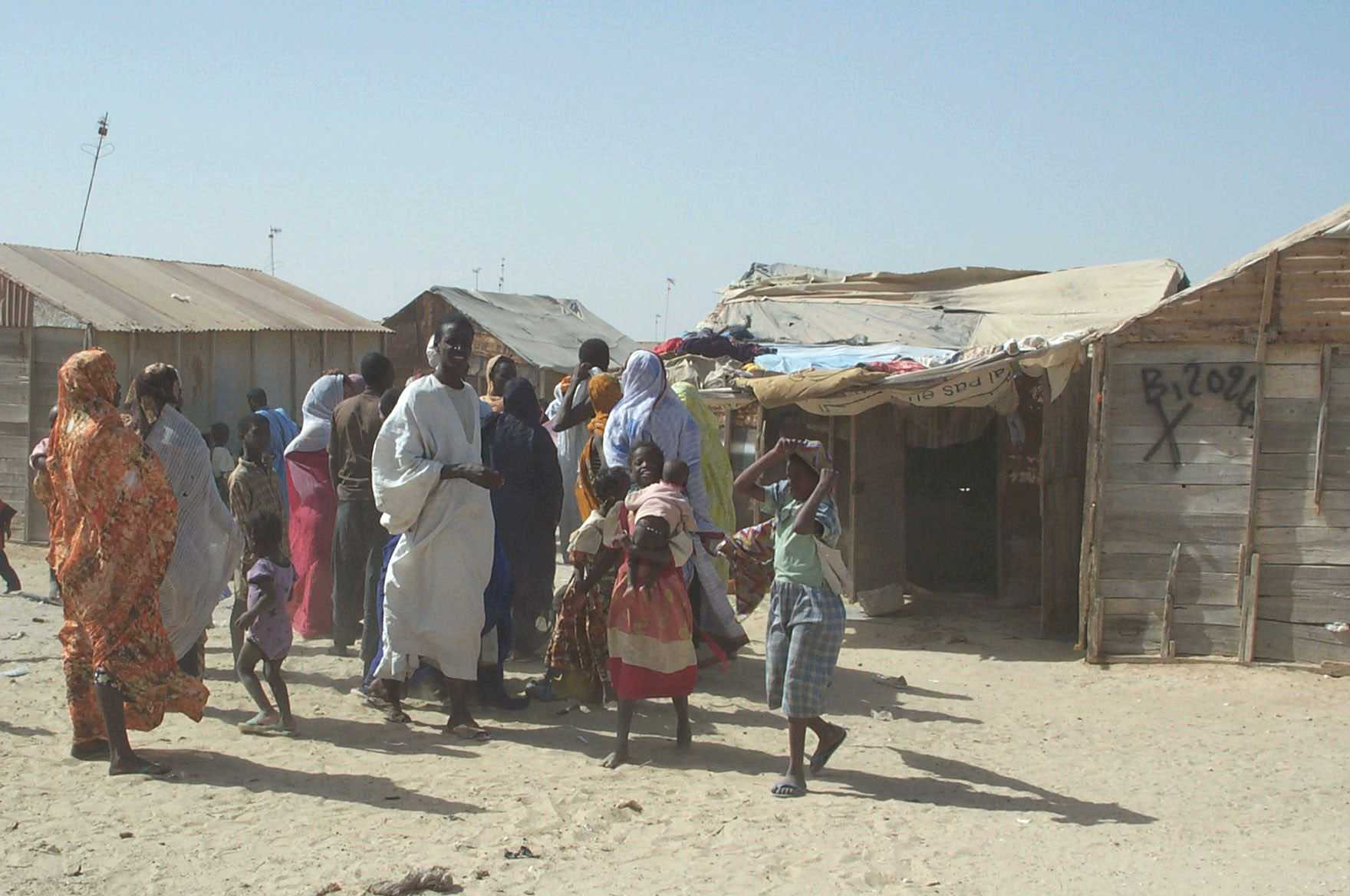|
The Twize Housing Programme in Mauritania |
|||||||||
|
|
|||||||||
|
Mauritania is a large West African country bordered by the Atlantic Ocean and made up of low-lying desert that forms the westernmost part of the Sahara desert. The climate throughout Mauritania is hot and there is only one rainy season from July to October, but it delivers only about 63 cm of precipitation a year. Nouakchott is the nation’s capital with around 700.000 inhabitants, which is rather small by Indian standards, but today houses about a third of the country’s population. The city has grown exponentially in the last three decades and the population has increased fivefold, due to the successive droughts in the rural areas and rapid urbanization accordingly. The massive rural exodus from the interior of the country has led to a haphazard and spontaneous urbanization with insufficient planning or control. Logically, population growth was not carried out with a parallel increase in the urban housing capacity or the financial and administrative capacities of the State in urban management and development. Although the Government has been trying to restructure slums in Nouakchott for the past 15 years, these attempts have remained largely unsuccessful. The Twize program which was launched in 1999 with a total cost of $640,000 took a fresh look at urban poverty in Nouakchott and led to the collaboration between the Commissariat for Poverty Alleviation (CDHLCPI) and the French-based NGO GRET (Groupe de Recherches et d’Echanges Technologiques). The program was launched in three of the poorest neighbourhoods where family incomes are a meagre US$ 80 – 90 per month. One of the areas was chosen as a resettlement site for resettling several hundred inhabitants because of recent floods that left parts of town uninhabitable (large parts of the city lie below the ocean level). The program is part of a large-scale city-wide upgrading program financed by the World Bank as well as other international donors in an effort to create a city without slums. The Twize program is a home-grown and self-financed pilot program which, after an initial pilot phase, is now ready for up-scaling at a city-wide level.
The overall objective of Twize is to improve the living conditions of the inhabitants of the capital’s under-serviced informal neighbourhood. The shelter component deserves special mention here: it combines Grameen-related elements and caters to the specificities of urban poverty in a ‘Sahelian’ context. The issue of housing responds to the basic needs of the population as stated by an unemployed resident: "Without housing, the individual has no hope. The participants insist on legalized plots, but also on support to house construction" The program philosophy is based on participatory community development and each area chose a different way of representing its interests. To qualify for membership in the Twize program the beneficiaries must fulfil the following conditions:
The participating Twize members must organize themselves in groups of five families and agree to contribute an initial $ 80 per family. This initial contribution is backed up by a housing credit of $ 288 with a credit repayment rate of $ 12 within 24 months. The remaining $ 230 are given to the beneficiaries in form of government subsidies, realizing that otherwise the shelter would be out reach for most people. This adapted financial scheme ensures that improved housing is accessible for lower income people without resorting to informal ways of settlement and urbanization. So far, around 350 houses have been built in the three target areas and a further 2000 a year are planned. Given the lack of state or private sector sponsored social housing projects in Mauritania, the Twize program is effectively the only organized way of ensuring low-cost housing for the disenfranchised. The individual house is built of concrete blocks produced on site and providing employment for various micro-enterprises. The house consists of a two-roomed house with 34 m2 plus external toilet and shower. The plot is 10 by 15 meters (150 m2) and the plot boundary is walled and includes a 110 m2 courtyard. The square meter construction price for the whole building is around US$ 14, which is very low, even in a West African context. q Chris
Luthi - architect and urban development planner
|
